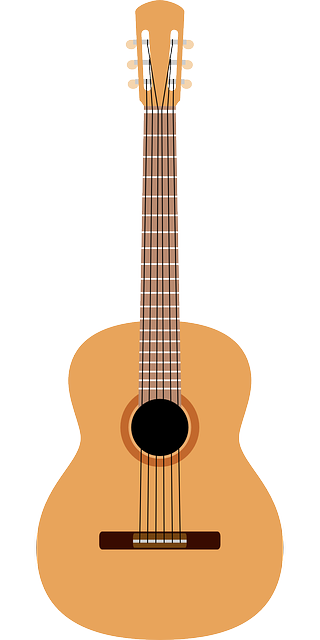
What’s an Acoustics Engineer?
Acoustics engineers are professionals responsible for analyzing, designing, and controlling sounds and vibrations for a variety of purposes. They usually consult on the effects of sound and vibrations that are either expected or present in a particular environment. Acoustics engineers usually work in teams with fellow engineers as well as architects for the purpose of collaborating on efficient building plans or even equipment.
What Do Acoustics Engineers Do?
Acoustics engineers could have a variety of duties depending on the industry in which they work. Here are some of their duties:
Noise Control Management
Construction companies work with acoustics engineers to design and create spaces that enhance the quality of sound, like sports stadiums or music venues. They also work with sound outside buildings to ensure that they comply with the local noise ordinances.
Acoustics engineers also consult on projects where noise is likely to disrupt an environment, like a new highway or commercial or industrial zone. It is their responsibility to monitor, measure, and mitigate noise pollution.
Help Design Interiors
Acoustics engineers help in designing interiors that minimize sounds traveling within buildings, such as between office spaces or apartments. It is the job of the engineer to consult on architectural plans, layouts, and building materials to ensure noise control that’s cost-effective.
There’s also a growing demand for acoustics engineers in the entertainment industry. Acoustics engineers help in the designing and building of recording studios that improve sound quality using their knowledge of vibrations and sound.
Consulting on Equipment
Acoustics engineers can have important roles in the creation of equipment for healthcare and entertainment. Some acoustics engineers work in audio engineering where they design sound systems in the entertainment industry. They also help in the development of technology to improve sounds, such as hearing aids, or technology where vibrations are used, such as ultrasounds. If you are interested in learning about structure-borne noise then see here.
How to Become an Acoustics Engineer
To become an acoustics engineer, all you have to do is follow these steps:
Earn Your Bachelor’s Degree
Acoustic engineering jobs typically require a bachelor’s degree from an accredited school. Some schools offer bachelor’s degrees in acoustics engineering specifically. Still, it is possible to pursue an acoustics engineering career with a more general degree in a relevant area of studies like mathematics, engineering, music, electrical engineering, or physics. You need to have taken coursework that can demonstrate a strong understanding of physics and mathematics.
Take the Fundamentals of Engineering Exam
The Fundamentals of Engineering Exam is open to anybody that has a bachelor’s degree or is in their final year of earning a bachelor’s degree either in engineering or a related field. The test is the first of two tests that you will be required to take before you can become fully licensed as a professional engineer.
Acquire Experience
The vast majority of people gain experience while still earning their bachelor’s degrees through summer internships or work placements. Such experience can help you become a more attractive candidate for jobs.
If you lack the experience, you can still find an entry-level job as an assistant. During this time, you may work with senior-level or more experienced engineers who will provide training in company practices and policies along with more specific acoustic engineering techniques.
The best way to understand the basics of the field is job experience. The experience is important to the growth and success of your acoustic engineering career. As you work in your field to gain knowledge and experience, you may gain access to more opportunities and responsibilities.